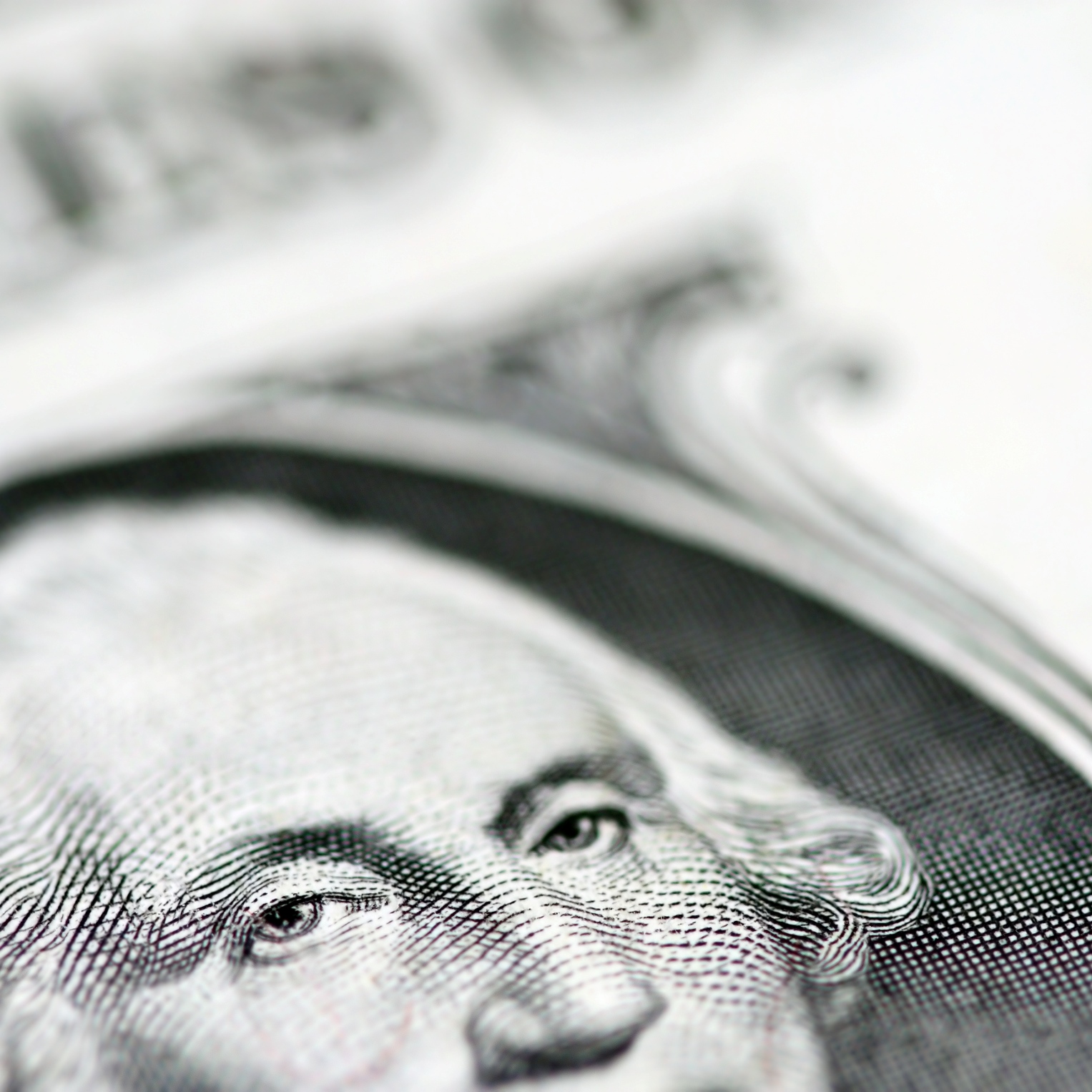Economy
Personal Income and Spending Add to Weak Inflation Malaise

Published:
Last Updated:

There is yet another disappointment on the inflation front, one weak enough that it may be one more thorn in the side of the Federal Reserve and Chair Janet Yellen in their ambition to raise interest rates. This new disappointment was seen in June’s personal income and outlays.
The Bureau of Economic Analysis (BEA), part of the U.S. Department of Commerce, reported that personal income decreased $3.5 billion (less than 0.1%) in June. Disposable personal income decreased by $4.2 billion (also less than 0.1%) and personal consumption expenditures (PCE) increased by $8.1 billion (or by 0.1%).
Bloomberg was calling for a 0.4% jump in personal income and for a 0.1% gain in spending. As far as the recent past is concerned, personal income’s gain in May was revised one-tenth lower to a gain of 0.3%, while May’s consumer spending was revised up to 0.2% from 0.1%.
The Federal Reserve wants inflation in a 2.0% to 2.5% range. That target range will help to justify more rate hikes, but so far this 2.0% hurdle has been more of a ceiling than a floor. The annual gain in June was 1.4% on the PCE Price Index and was up 1.5% on the so-called Core PCE price index.
The BEA release also showed that the U.S. savings rate fell by one-tenth of a point to a 3.8% rate. The release said:
The decrease in personal income in June primarily reflected decreases in personal dividend income and personal interest income that were partially offset by an increase in compensation of employees. The June decrease in personal dividend income reflected a return to prior levels after a notable increase in May. … The $4.5 billion increase in real PCE in June primarily reflected a $10.0 billion increase in spending for services that was partially offset by a decline of $4.4 billion in spending for nondurable goods and a decline of $2.3 billion in spending for durable goods. Within services, the primary contributor to the increase was spending for health care. Within goods, gasoline was the leading contributor to the decline.
Tuesday’s BEA report was scheduled ahead of what is expected to be a slower payroll growth report in this coming Friday’s key unemployment report from the Bureau of Labor Statistics. Other key inflationary readings have shown weaker inflation as well.
Are you ahead, or behind on retirement? For families with more than $500,000 saved for retirement, finding a financial advisor who puts your interest first can be the difference, and today it’s easier than ever. SmartAsset’s free tool matches you with up to three fiduciary financial advisors who serve your area in minutes. Each advisor has been carefully vetted and must act in your best interests. Start your search now.
If you’ve saved and built a substantial nest egg for you and your family, don’t delay; get started right here and help your retirement dreams become a retirement reality.
Thank you for reading! Have some feedback for us?
Contact the 24/7 Wall St. editorial team.